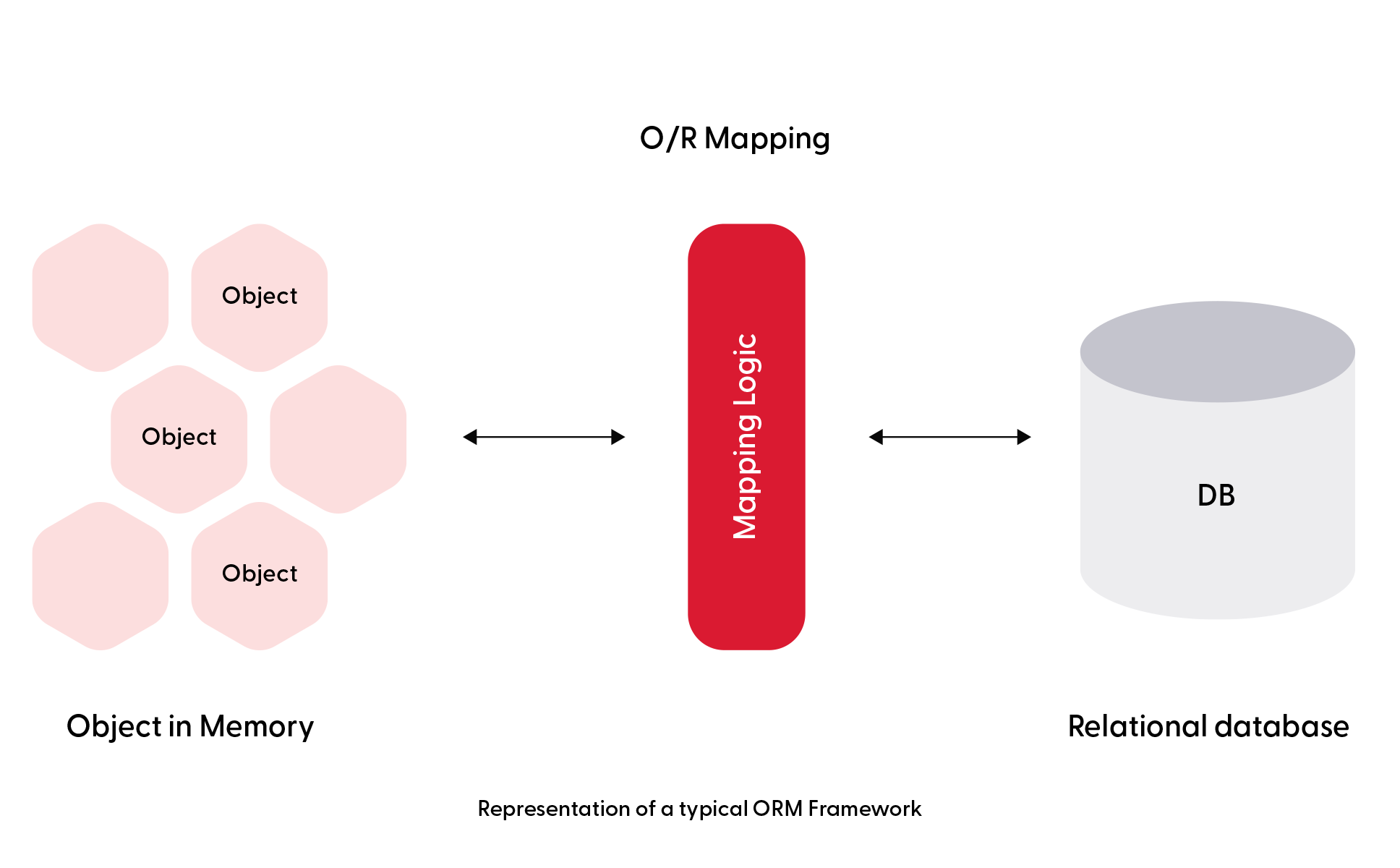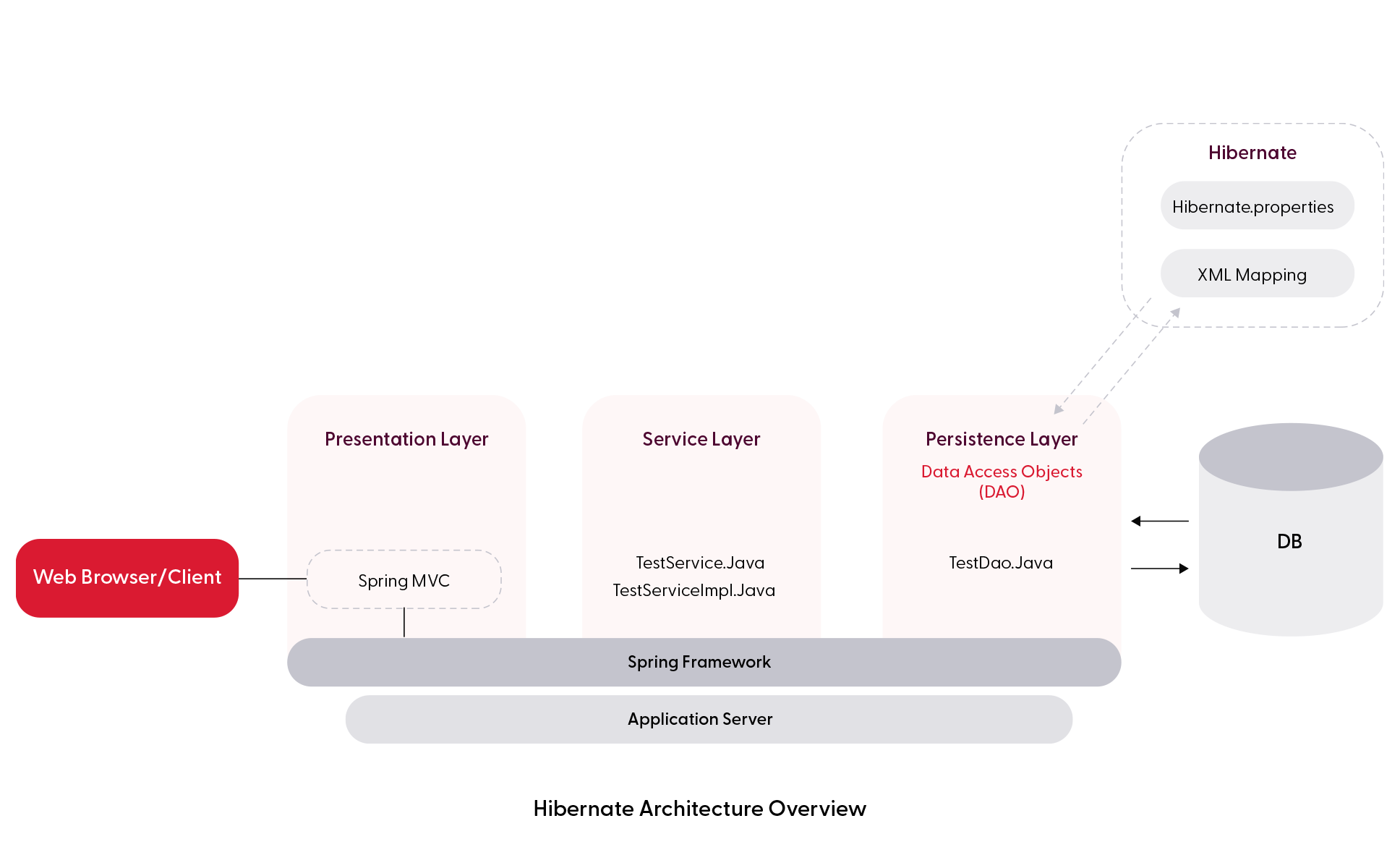Hibernate vs MyBatis: Choosing the right ORM for Java applications

In software development, effectively managing the interaction between object-oriented applications and relational databases is crucial, and Object-Relational Mapping (ORM) plays a central role in addressing this challenge.
ORM is a technique that enables developers to bridge the gap between the object-oriented programming model and the relational database structure. In essence, it allows objects in code representing entities like customers, products, or orders to be directly mapped to tables in a database. This mapping facilitates automatic data conversion between incompatible systems, enabling developers to work with data using familiar programming constructs rather than writing complex SQL queries.
Frameworks like Hibernate and MyBatis are popular tools that implement ORM. They provide developers with powerful features to manage data persistence, handle database interactions, and optimize performance. These frameworks abstract the complexities of database communication, allowing developers to focus on the application's logic without being overwhelmed by low-level database details.
Before exploring the specifics of these frameworks, it's crucial to understand how ORM works and why it's a fundamental concept in modern software development.

In Java, persistence means enabling the state of objects to persist beyond the lifespan of the Java Virtual Machine (JVM). This ensures data remains accessible and consistent across sessions, a cornerstone of modern application development.
Object-relational mapping (ORM) is a design pattern that bridges the gap between relational databases and object-oriented programming languages like Java. NET. It allows developers to write queries using the object-oriented paradigm, converting relational data into objects and vice versa. ORM frameworks simplify the persistence process, ensuring that data outlives the application process by being stored in databases.
Let’s explore how Hibernate and MyBatis facilitate this persistence, focusing on their unique strengths and applications.

Hibernate is a robust, open-source Object-Relational Mapping (ORM) framework that bridges Java classes with relational database tables. It simplifies database interactions and adheres to the Java Persistence API (JPA) standards.
Hibernate is a lightweight framework that does not contain additional functionalities; it uses only those required for object-relational mapping.
Hibernate is open-source software, making it available for everyone without any cost.
Caching is the process of storing data in cache memory and improves the speed of data access. Hibernate supports two levels of caching: first-level and second-level caching.
Hibernate is a lightweight framework. It does not contain additional functionalities and only uses those required for object-relational mapping.
Hibernate provides an automatic table generation feature. This means a programmer does not need to worry about the query implementation; Hibernate does it independently.
Hibernate supports a new concept called lazy loading. This concept retrieves only necessary objects for execution and improves an application's performance.
Hibernate is highly scalable, as it can fit into any environment. Hibernate can be used for both small-scale and large-scale applications.
Hibernate is database-independent as it provides ‘Database Dialect,’ so we do not need to write SQL queries. It also supports many other databases, such as Oracle, MySql, Sybase, etc.

MyBatis is an open-source, lightweight persistence framework primarily used in Java applications for database access. It is an alternative to traditional ORM frameworks like Hibernate, providing a more hands-on approach to SQL operations.
In MyBatis, developers write SQL queries directly linked to Java methods and objects through XML configuration or annotations. This method allows for a clean separation of database logic and application code, making it more straightforward to manage complex queries. Additionally, MyBatis supports dynamic SQL, letting developers construct SQL statements programmatically based on conditions, an invaluable feature for handling intricate query logic.
A significant difference between MyBatis and other persistence frameworks is that MyBatis emphasizes the use of SQL. In contrast, different frameworks, such as Hibernate, typically use custom query languages(HQL/EJB QL).
MyBatis is a successor to iBATIS 3.0, developed and maintained by a team that includes the original creators of iBATIS.
Hibernate is Best Suited for:
MyBatis is Best Suited for:
Imagine two primary scenarios:
At VRIZE, we understand the importance of choosing the right tools for your project. While Hibernate can provide seamless application integration with an object-centric view, MyBatis offers greater flexibility and control when the approach is more database-centric. While both tools offer extensive features, selecting the right one based on your needs is crucial.
As an organization that prioritizes usability, accessibility, and sustainability, VRIZE provides certified experts ready to guide you in selecting and integrating the best solutions for your development needs. We specialize in creating user-centric software that delivers immediate value and supports long-term growth and adaptability. By partnering with VRIZE, you ensure that your projects are functional and inclusive and designed to evolve with the future, ensuring lasting success.